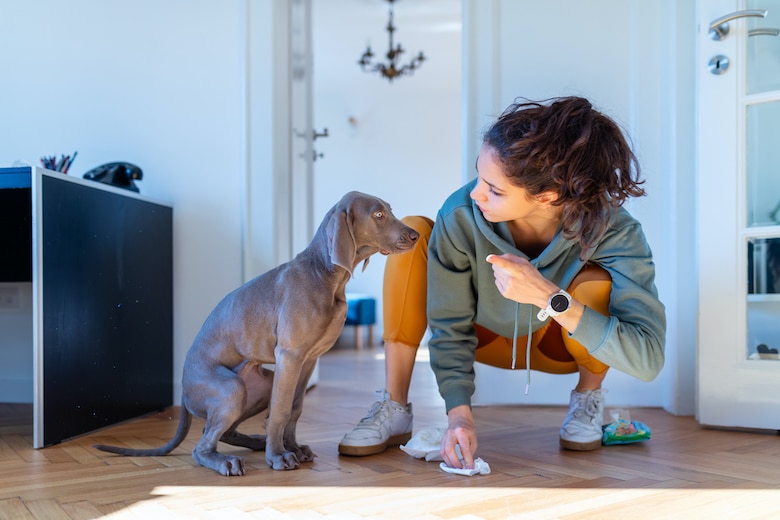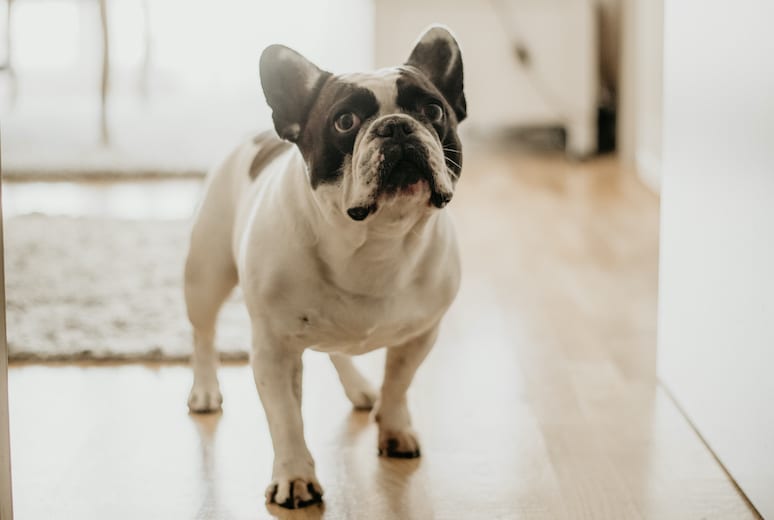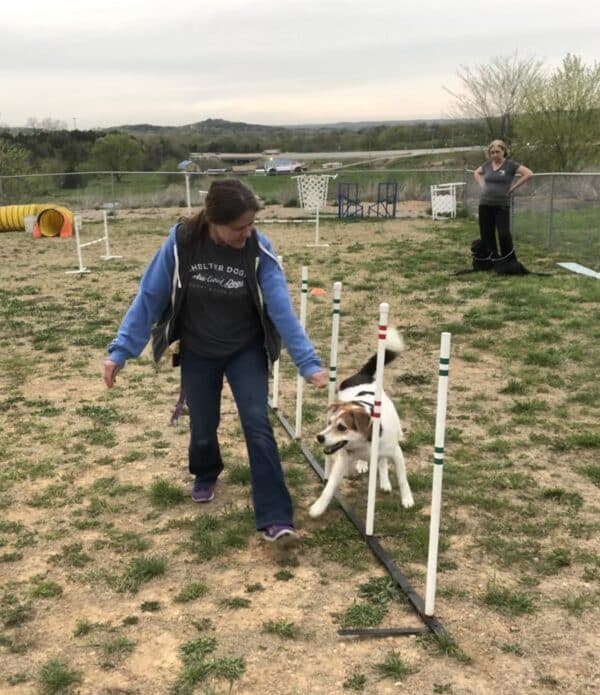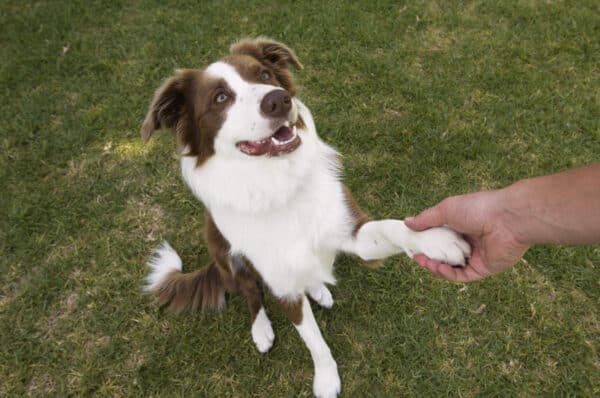It could be potty training regression, a not-so-fun but common issue for puppies. And sometimes, it can even fracture the relationship between a caregiver and their dog.
“Accidents in the house…are one of the biggest reasons people will get frustrated and re-home their pets,” says Robin Bennett, CPDT-KA.
But it doesn’t have to be the end of the relationship. Bennet explored reasons puppies go through potty training regression and how to help their dog get back on track.

Why do housebroken dogs regress?
Robin says the main reason dogs go through potty training regression — and the one you’ll want to rule out before doing anything else — is medical. Urinary tract infections, gastrointestinal infections and kidney problems are all potential issues a dog may be having.
“Whenever a puppy is regressing, the first thing I tell a pet parent is to take the dog to a vet to rule out any medical reasons,” Robin says.
A change in schedule or routine is also a common culprit.
“I often see it when there is a family and the kids go back to school or at the end of school, and everyone comes back home,” Robin says. “Similar to what happened when COVID started, people were calling and saying their dogs were regressing. It’s a form of stress. It’s the dog’s way of saying, ‘Whoa, everything is different.’”
One thing it’s not: spite.
“Dogs don’t have the ability to think things through and do something out of spite,” Bennet says. “The challenge is that a lot of pet parents will look at a dog’s expression. They’ll come in, the dog will look guilty, and they assume that because the dog looks guilty, they are acting out of spite. Usually, that guilty look is that the dog knows the pet parent is upset.”
How can I fix potty training regression?
Once the vet has ruled out medical reasons, you can go back to basics.
“Supervise them and provide them with a schedule,” Robin says. “If you cannot supervise them, we usually say to put them in a small space so they will be inclined to hold it, such as a crate or small room.”
“We play a lot of games where we open the crate, open the door and throw treats and toys…until they are used to going in and out on the own,” Robin says. “Increase by letting them in for a treat, close the door for a second or two and close door again. Make it fun.”
Don’t feel guilty about crating your dog. Instead, make it a fun, safe space.
Robin advises against using the crate for punishment and getting a dog walker if you’ll be out of the house when you’d usually let Fido out.
Read Next: Simple Tips for Crate Training a Dog





